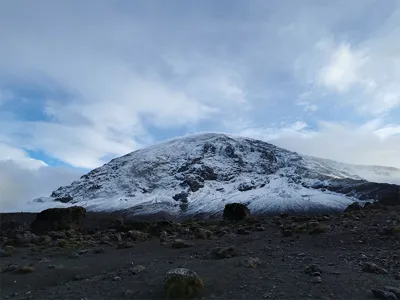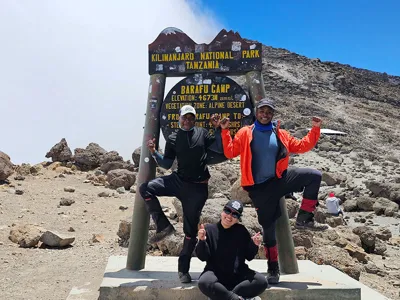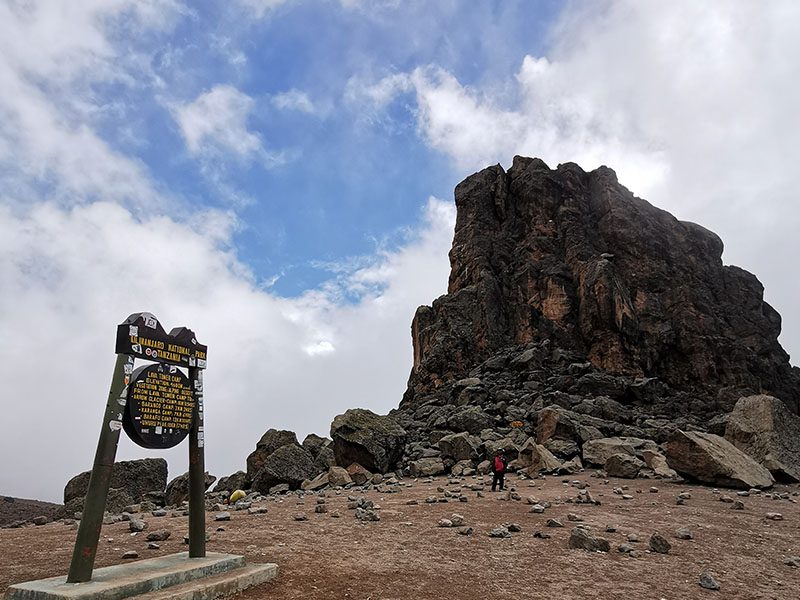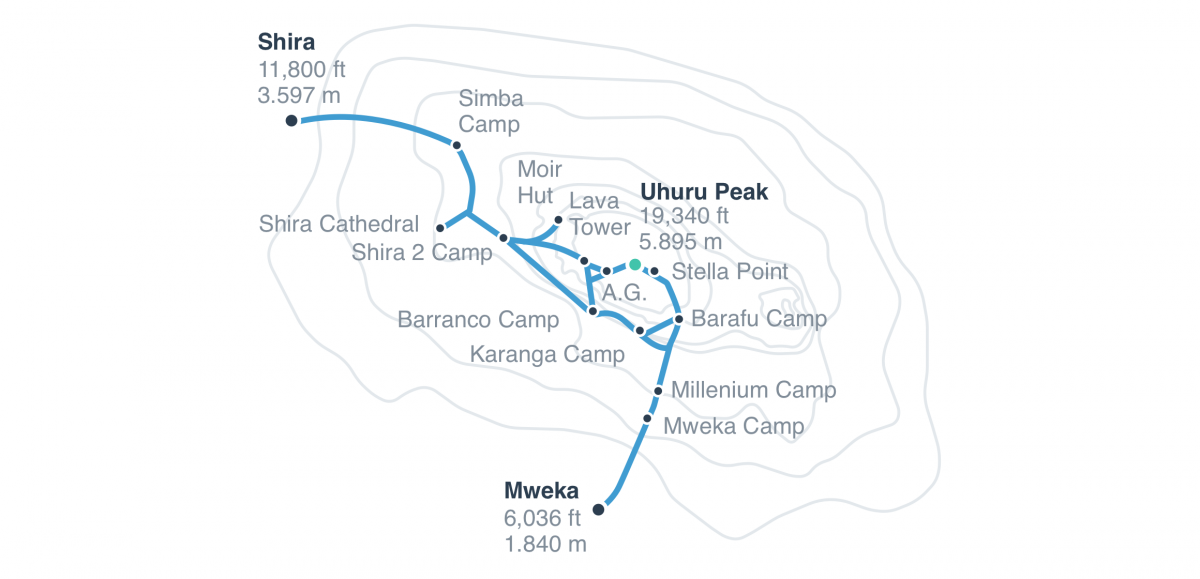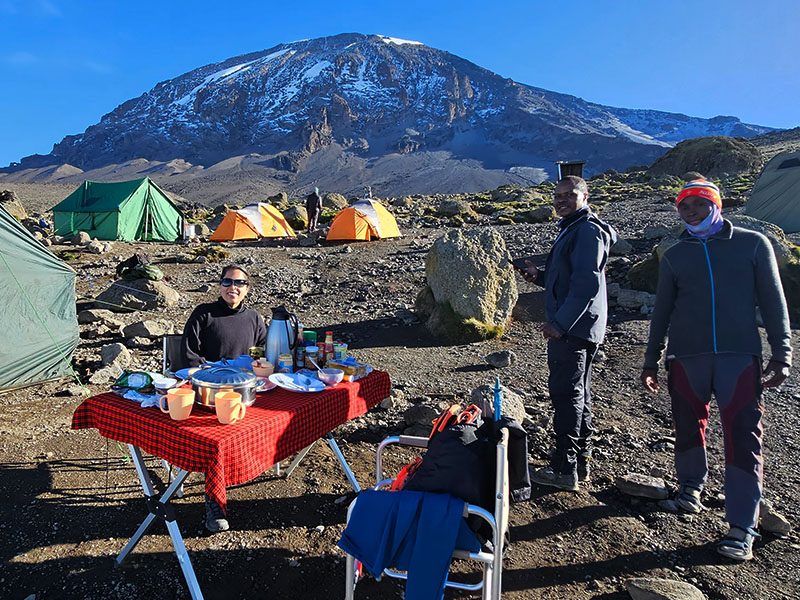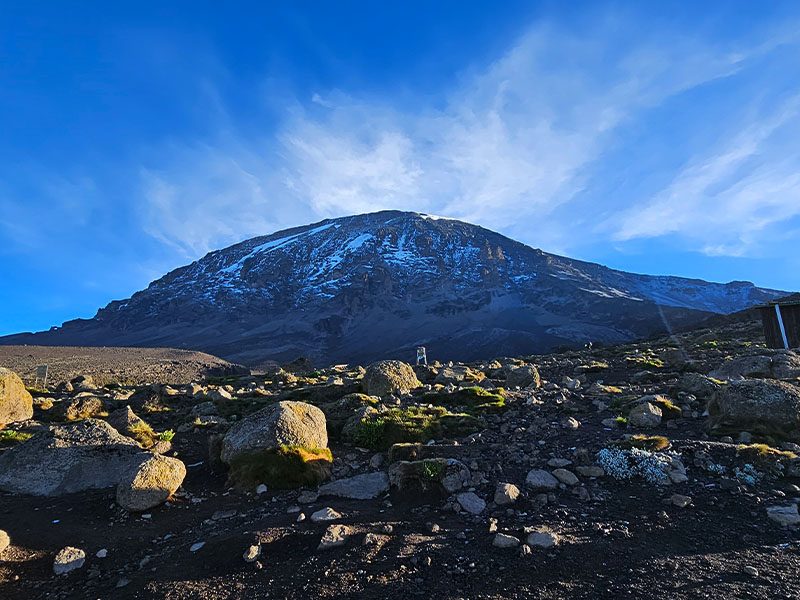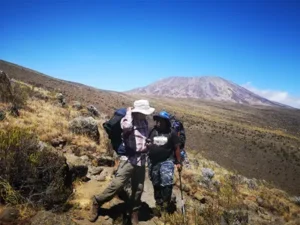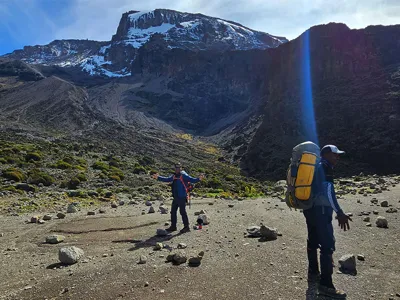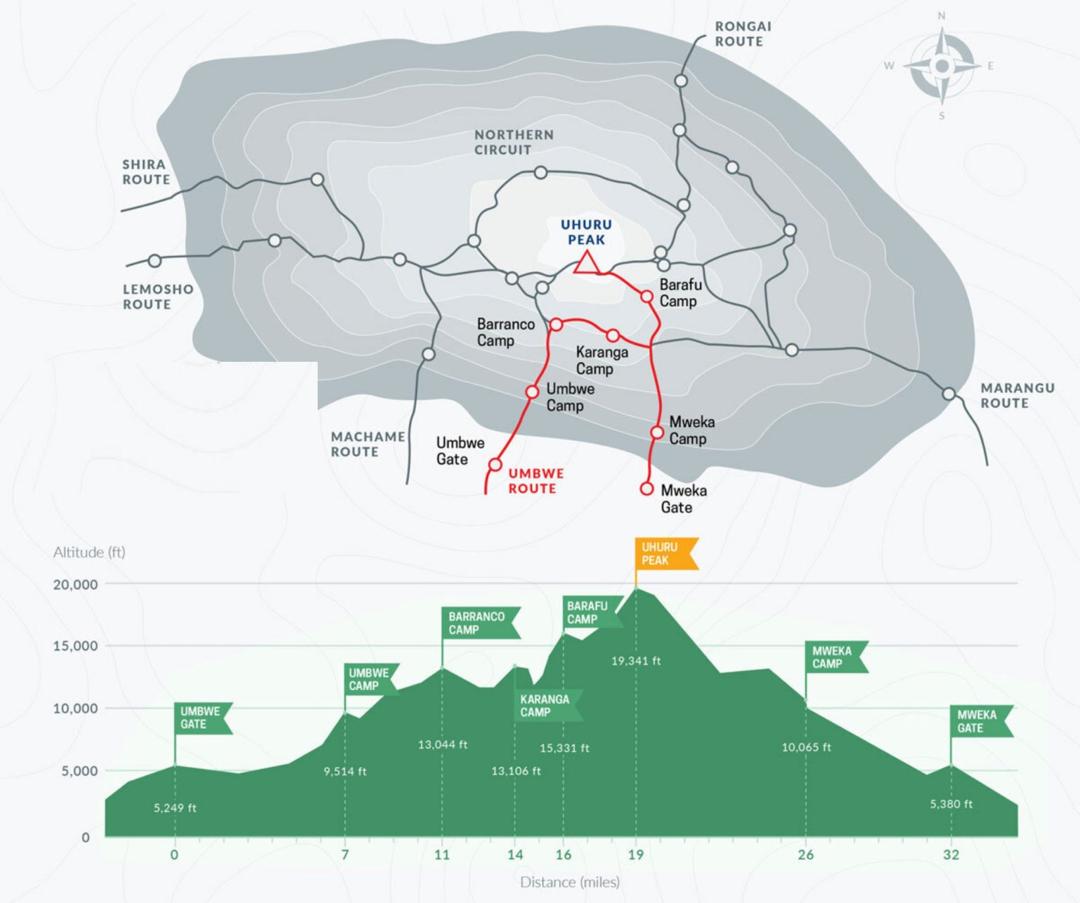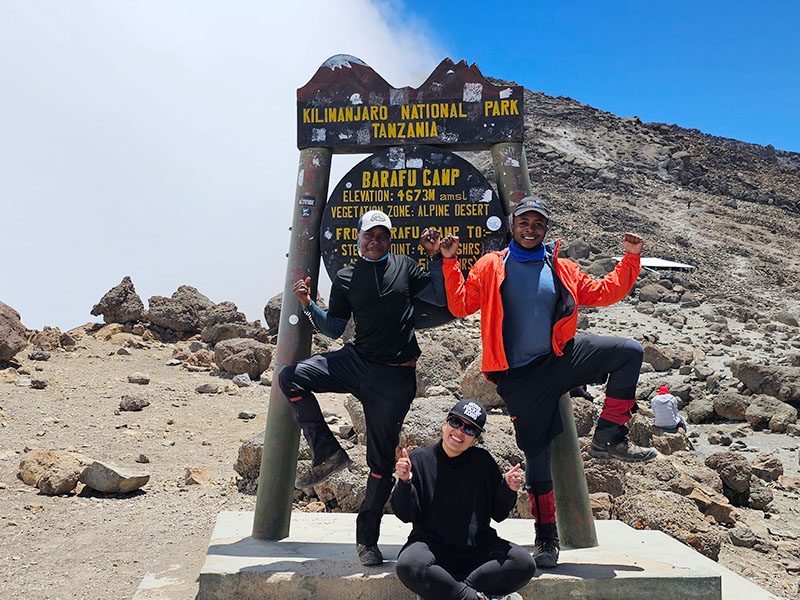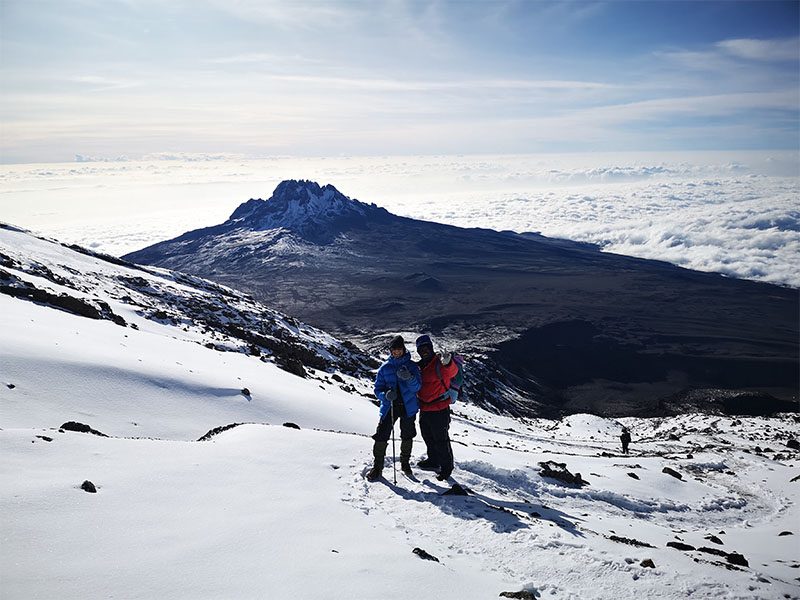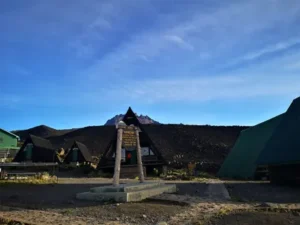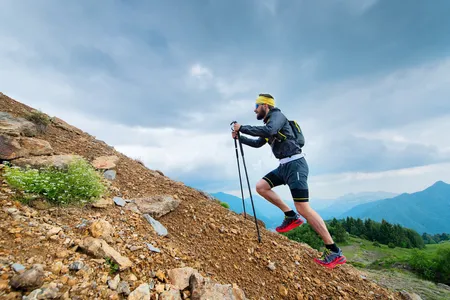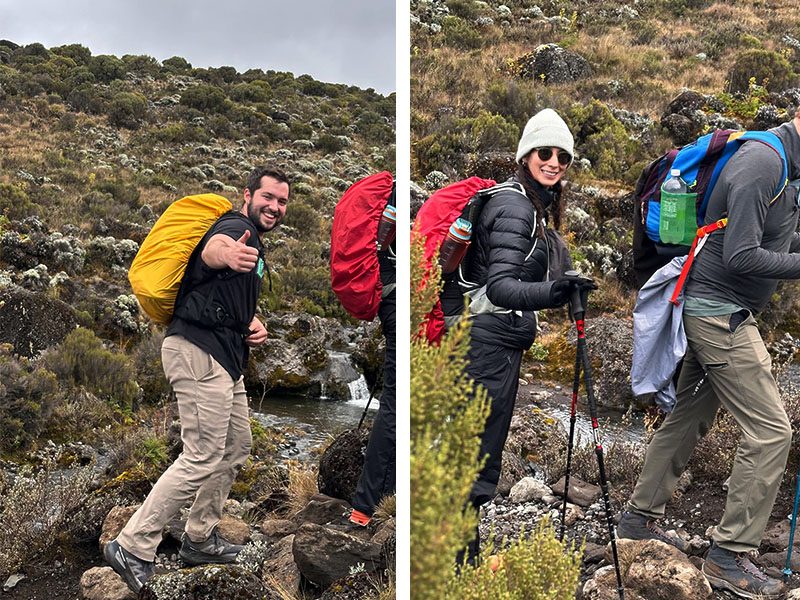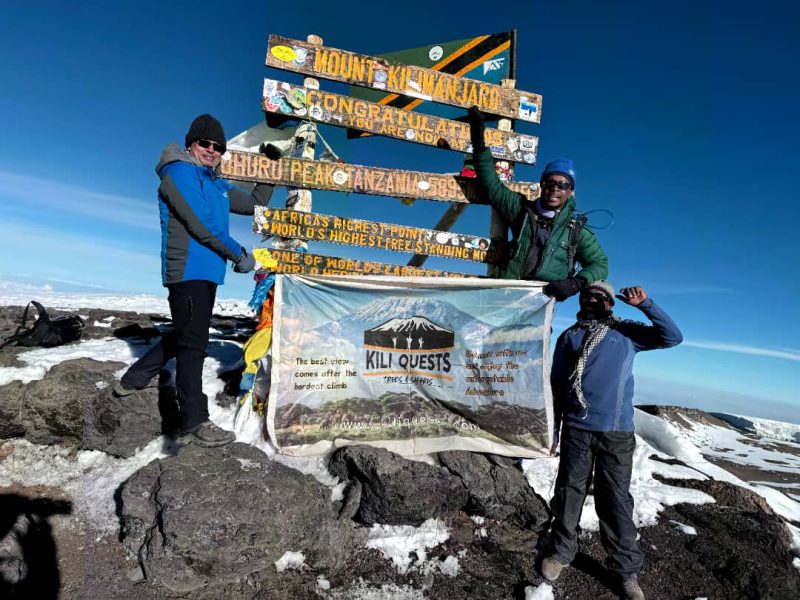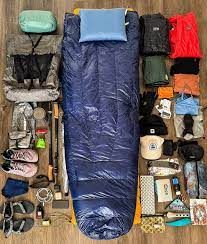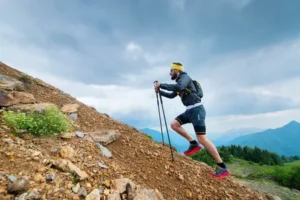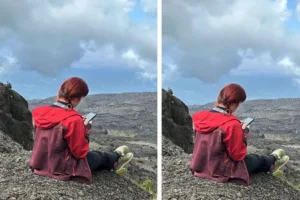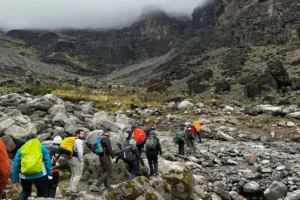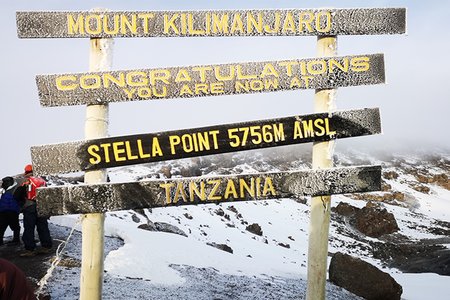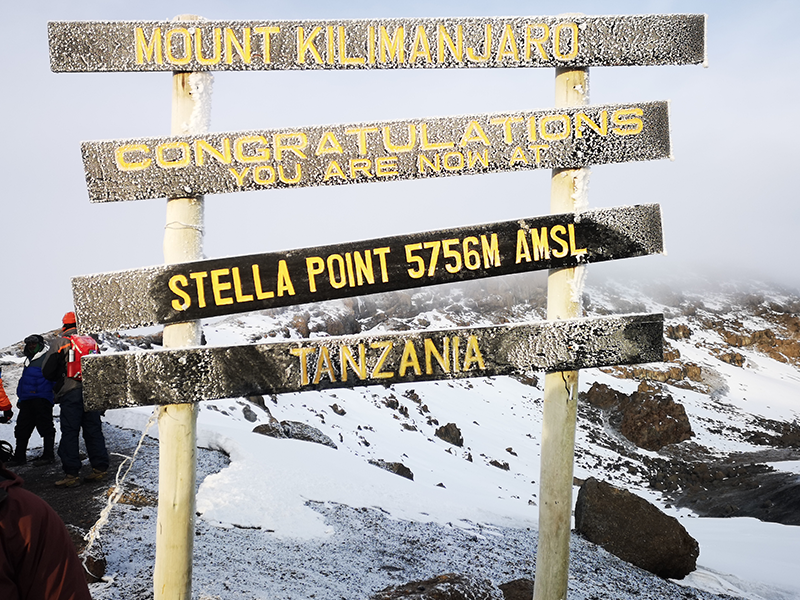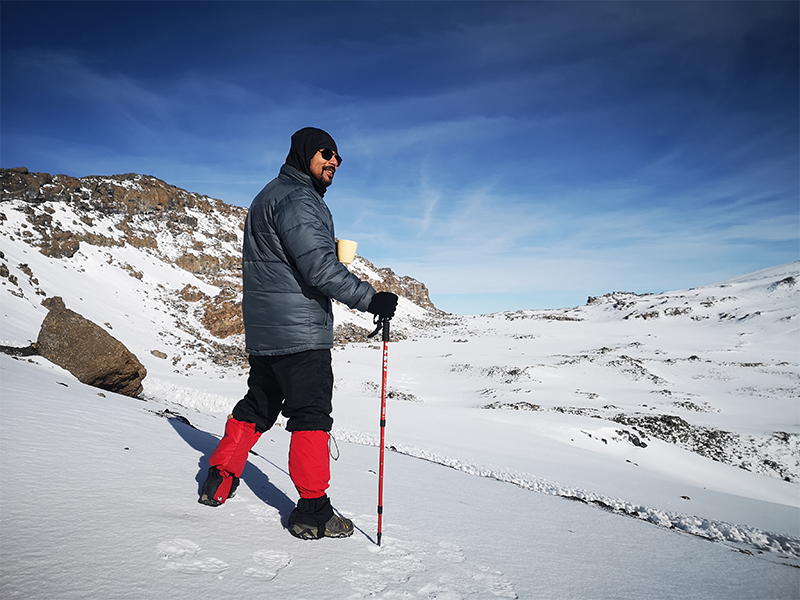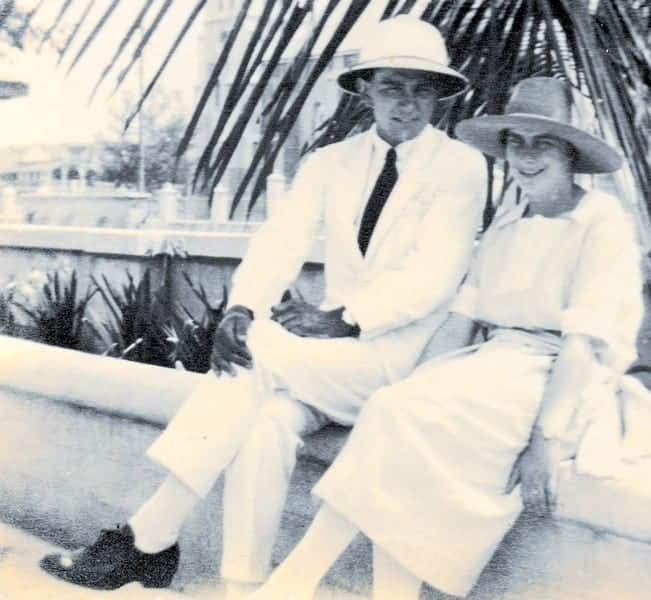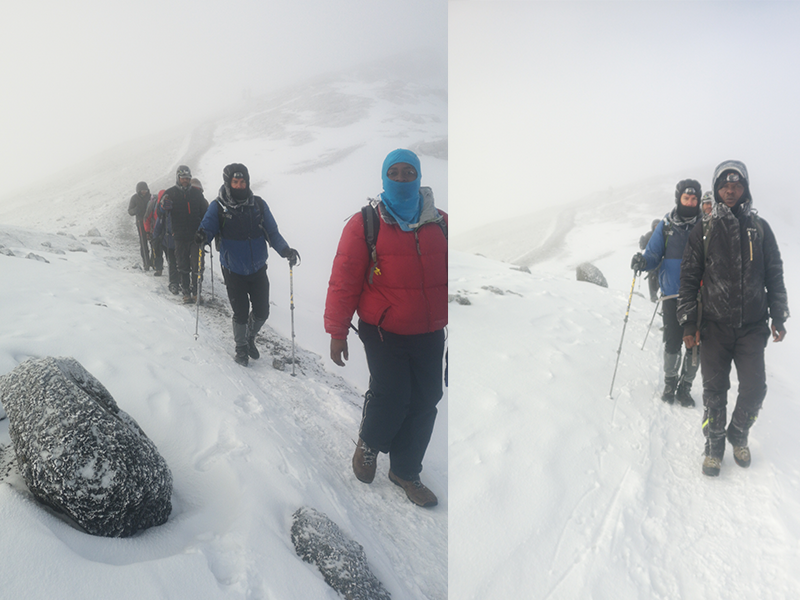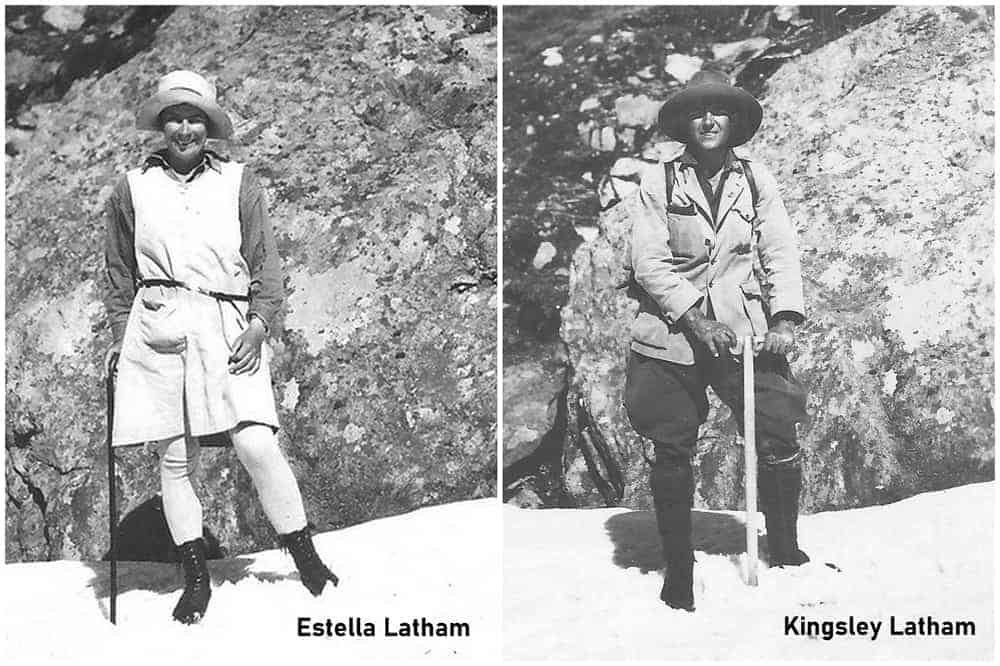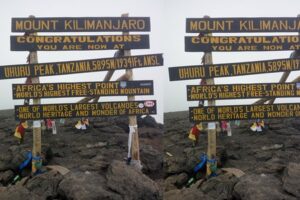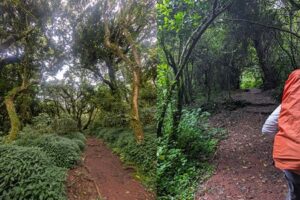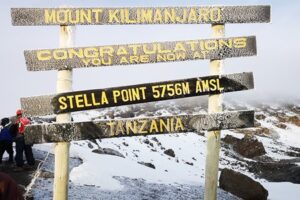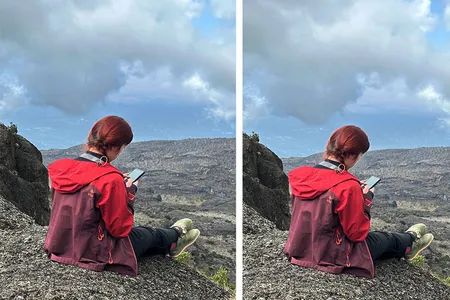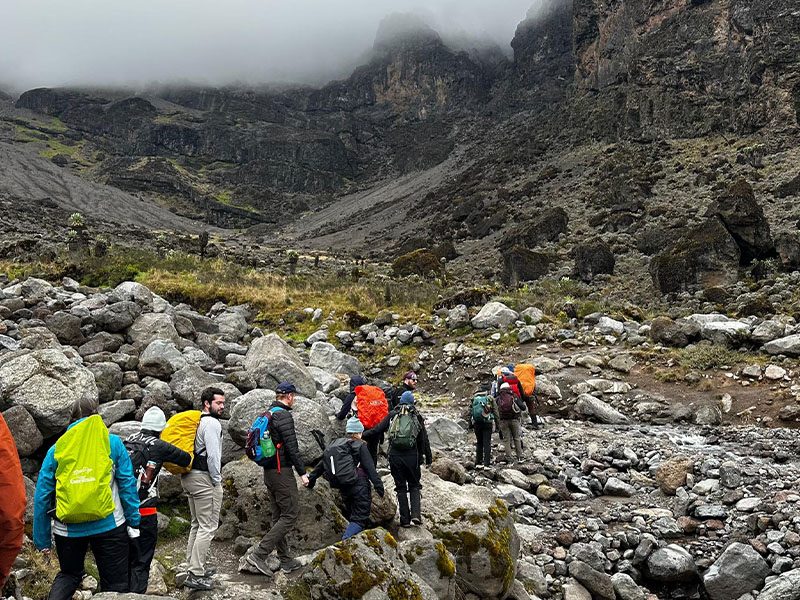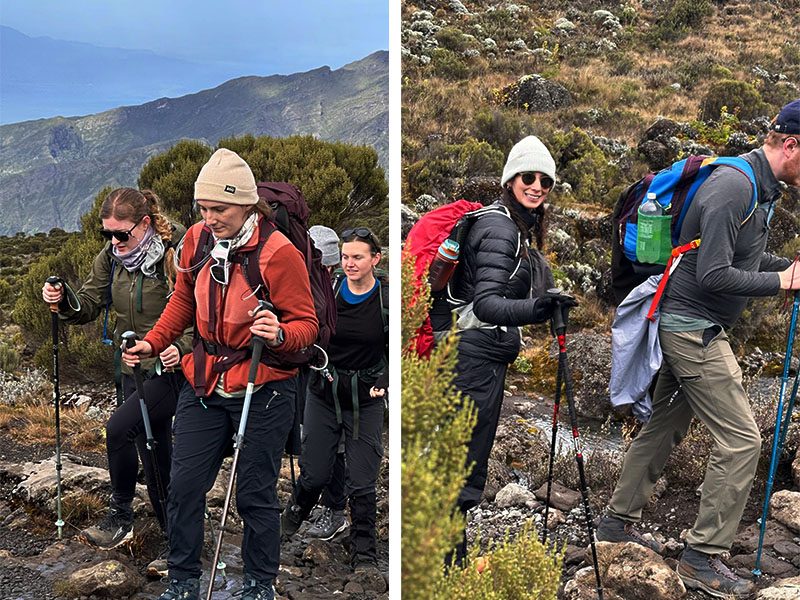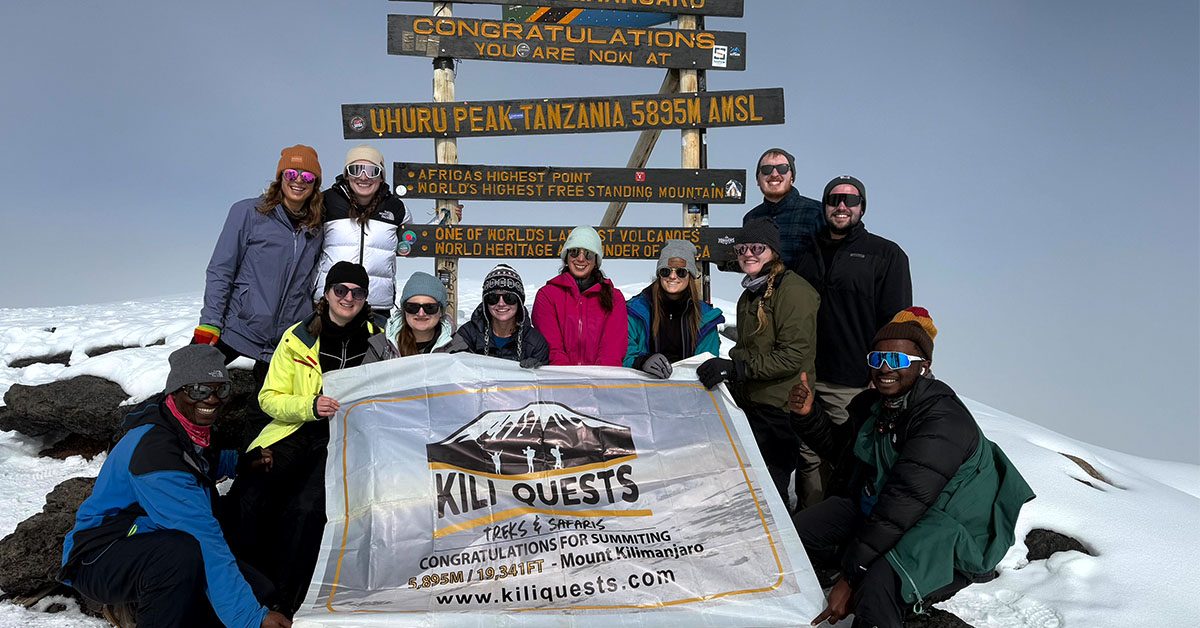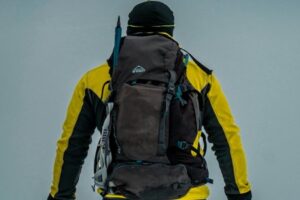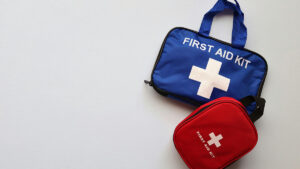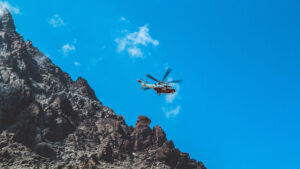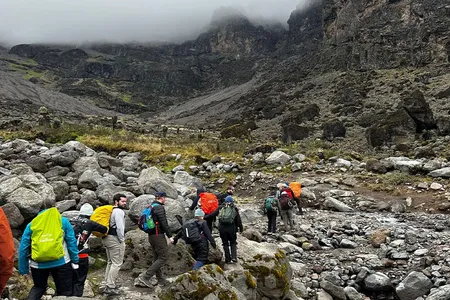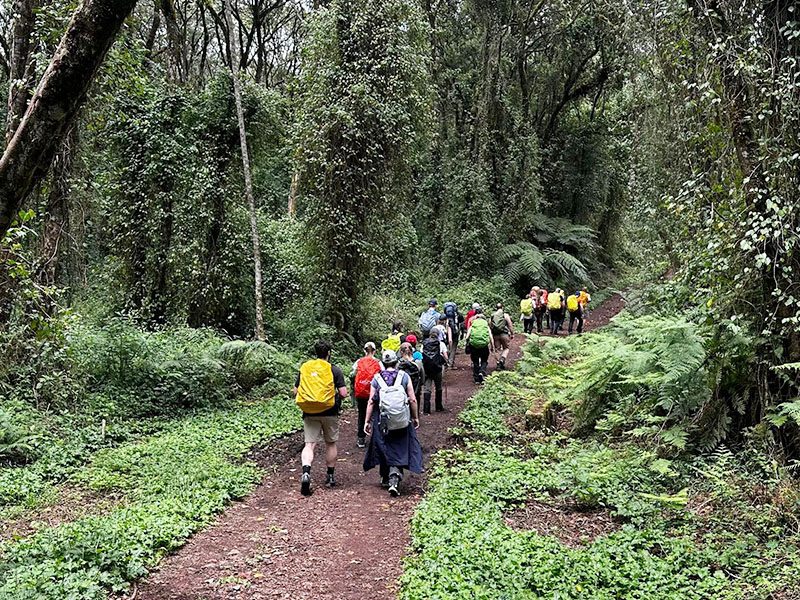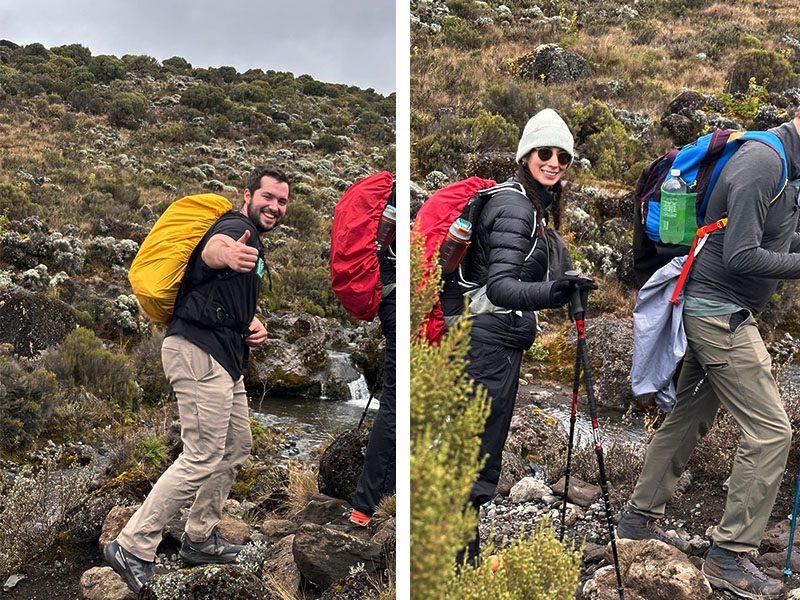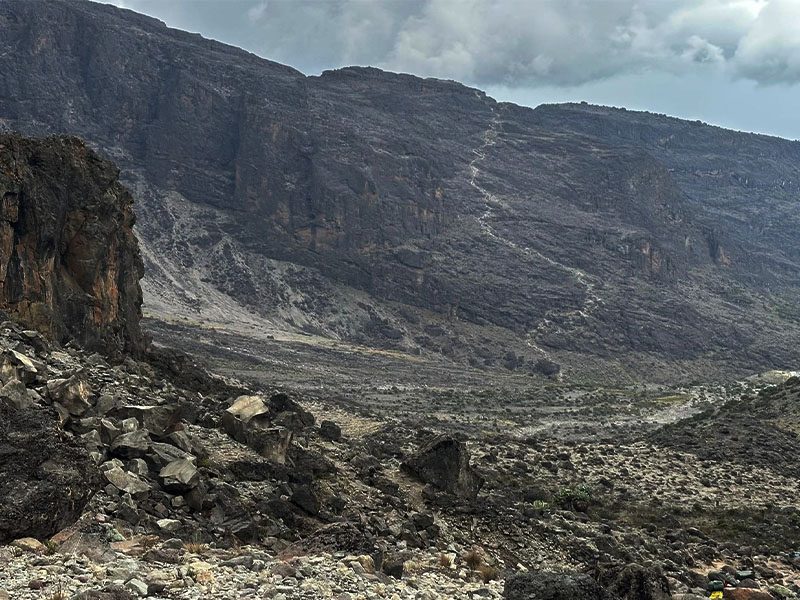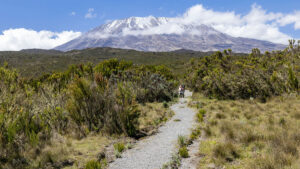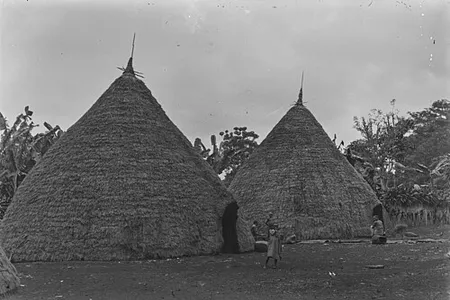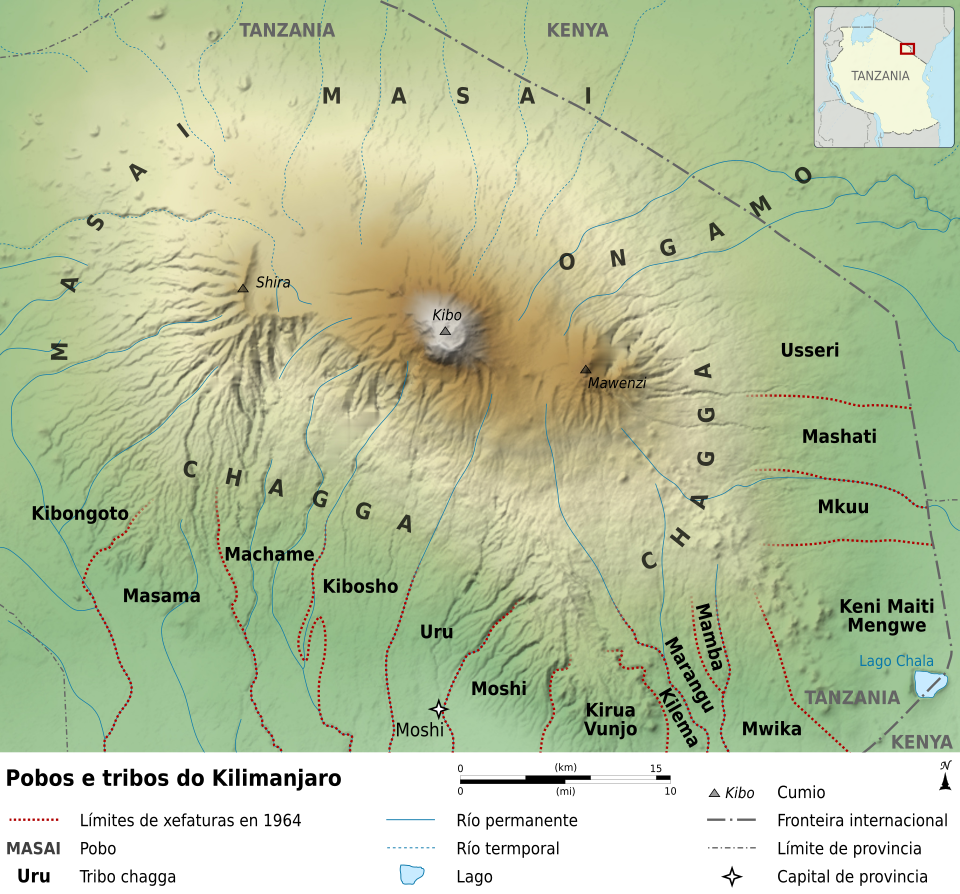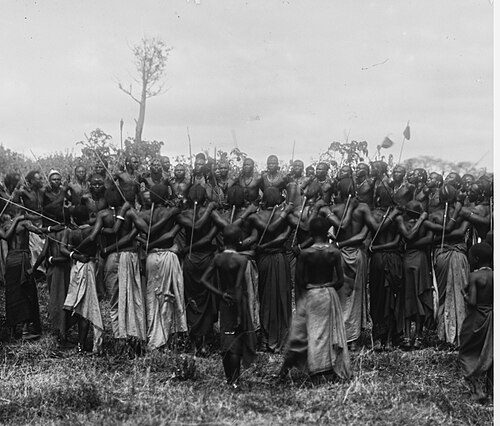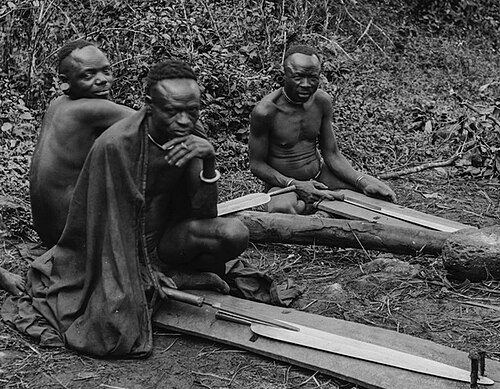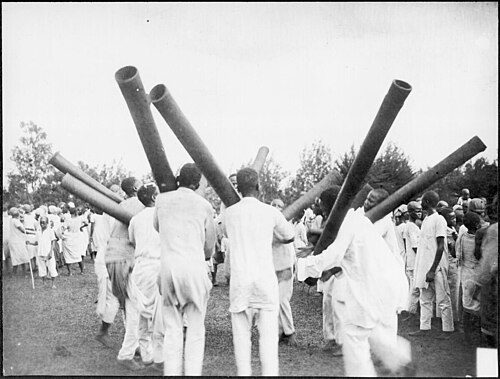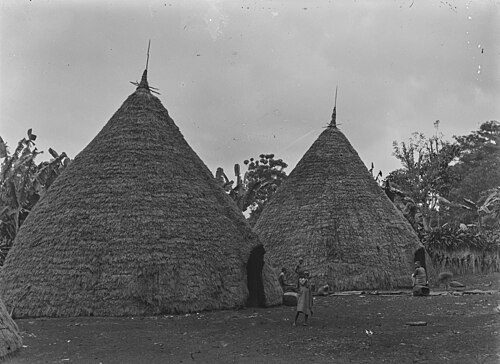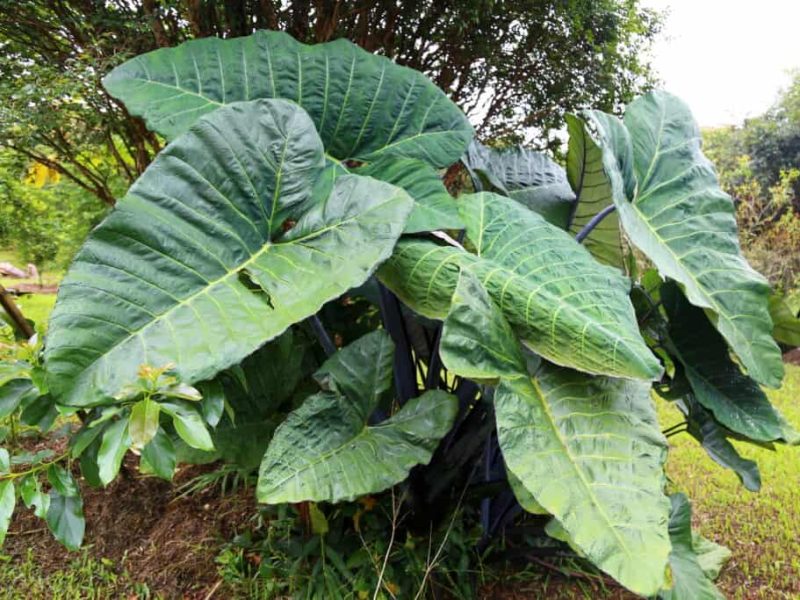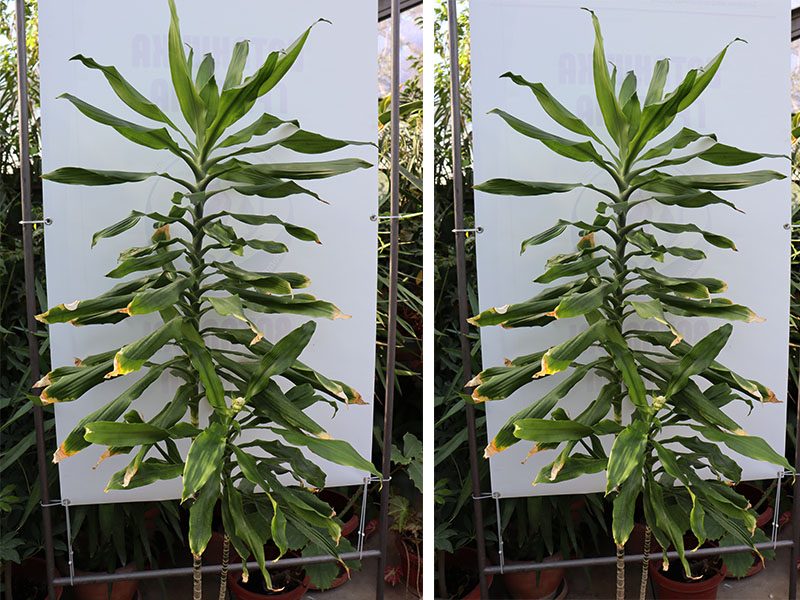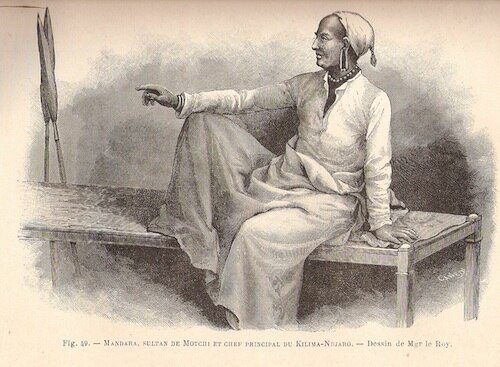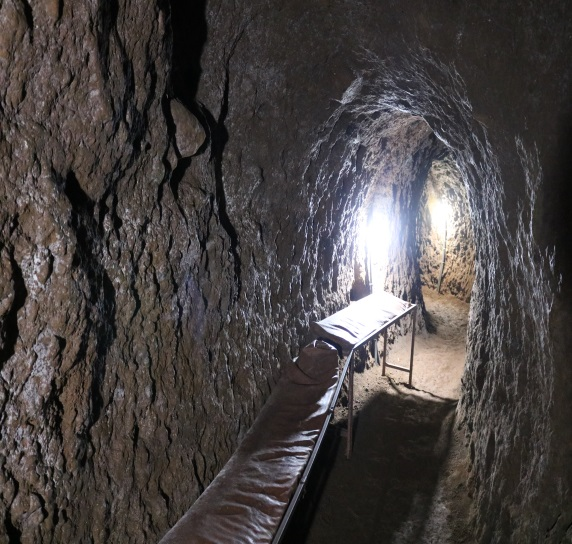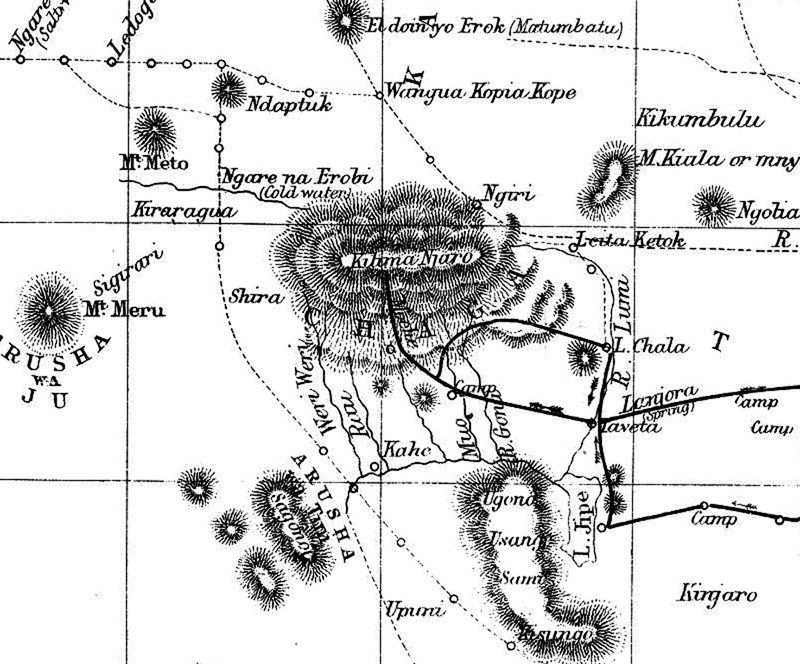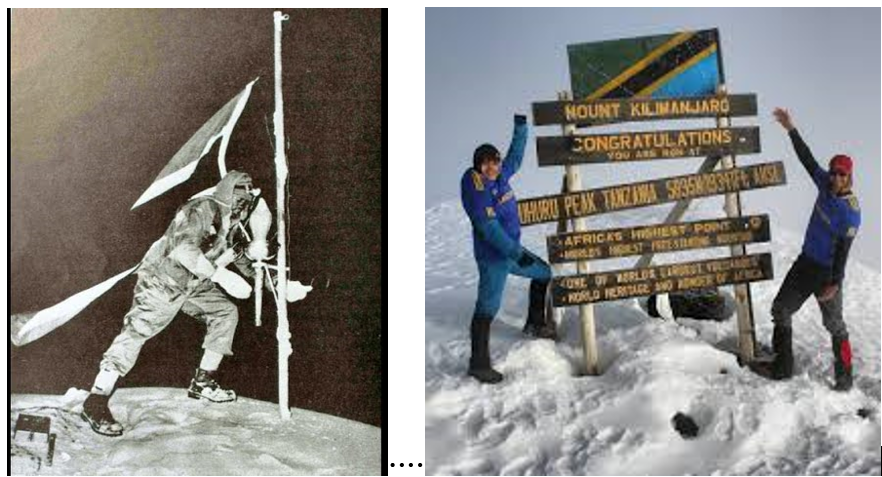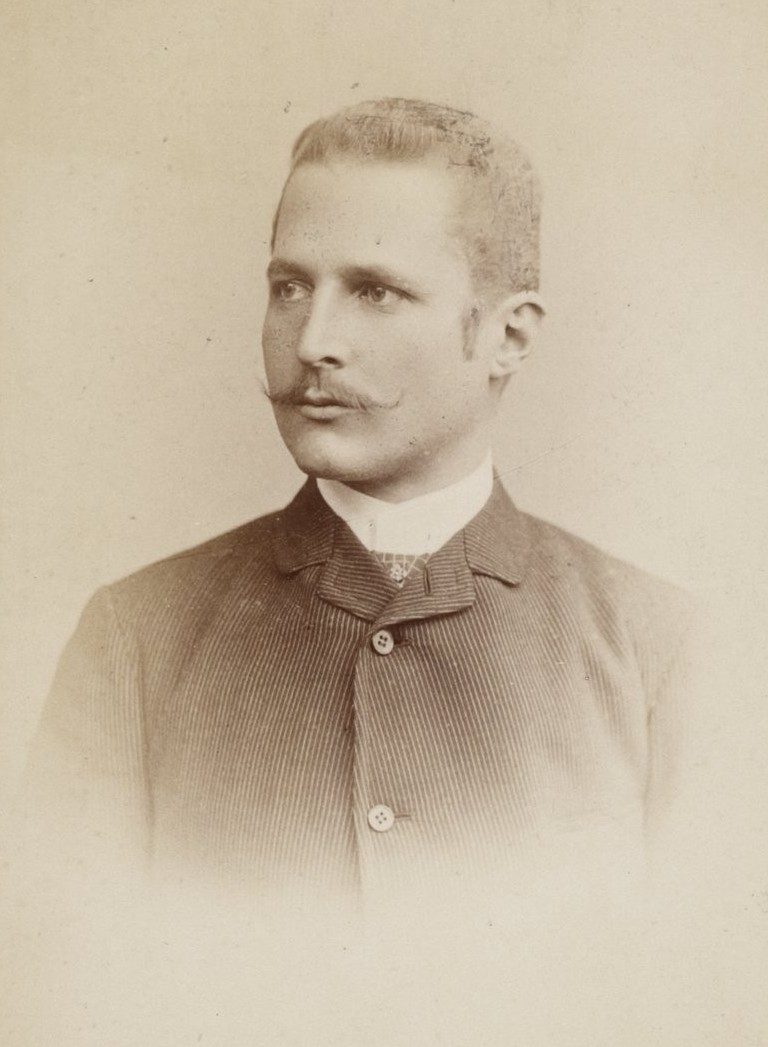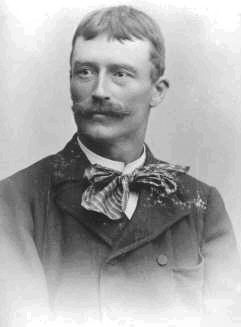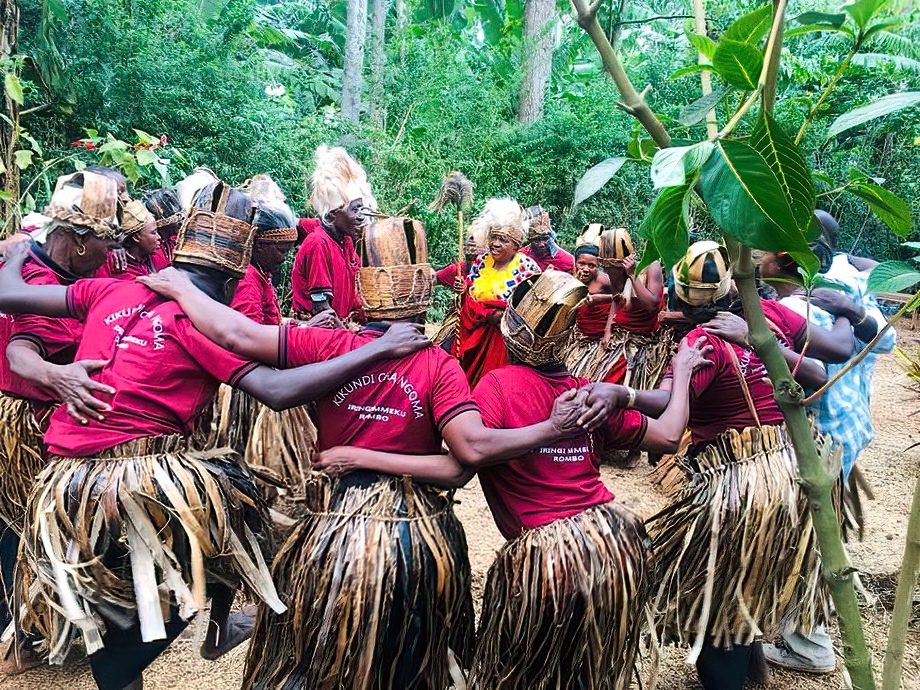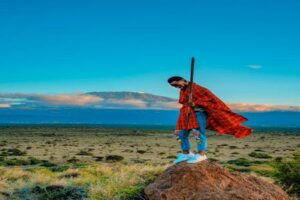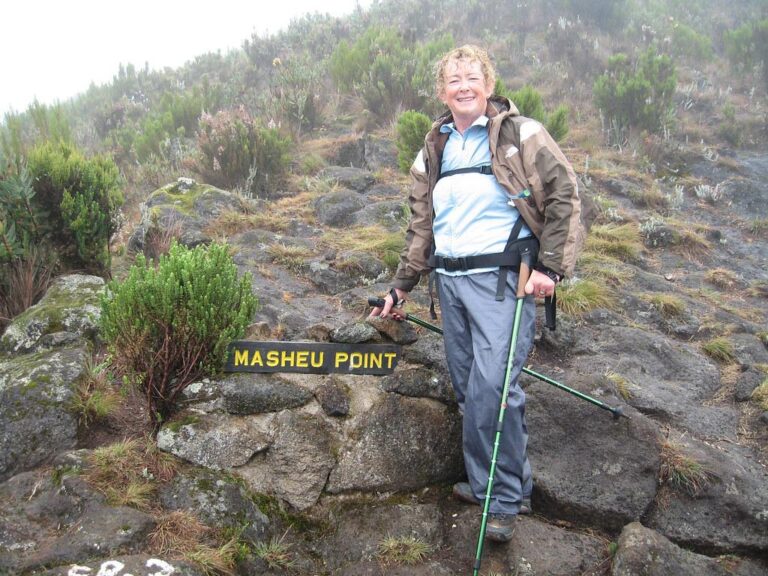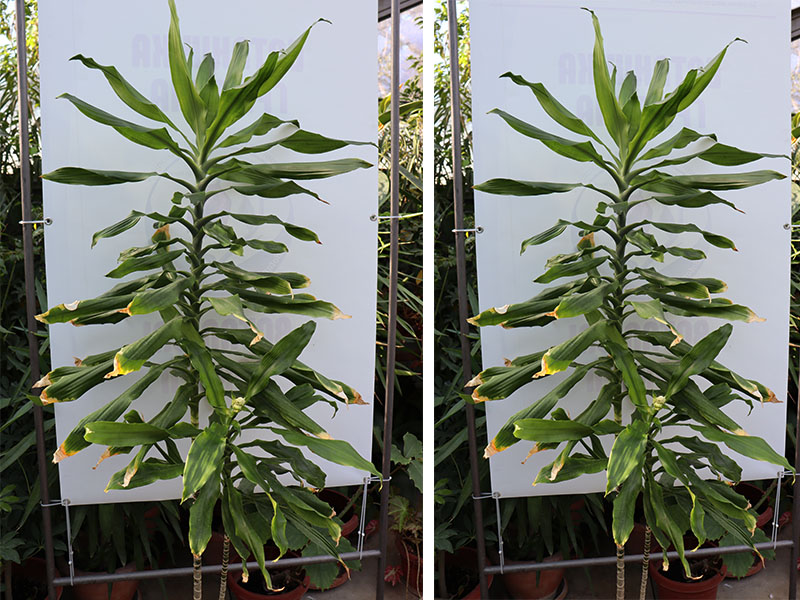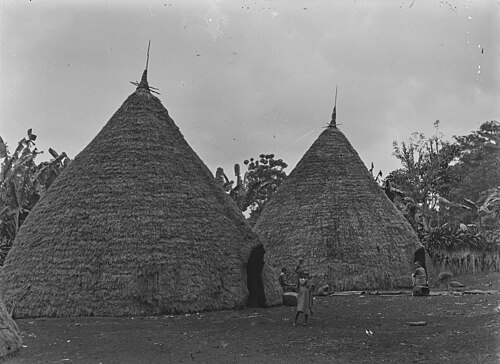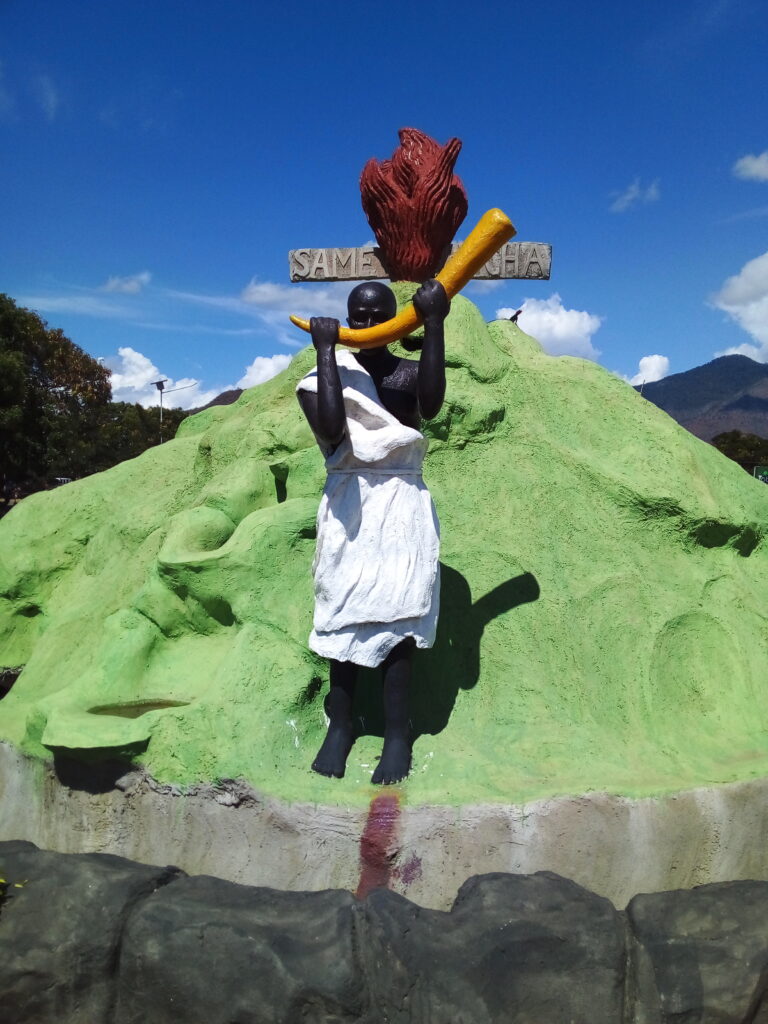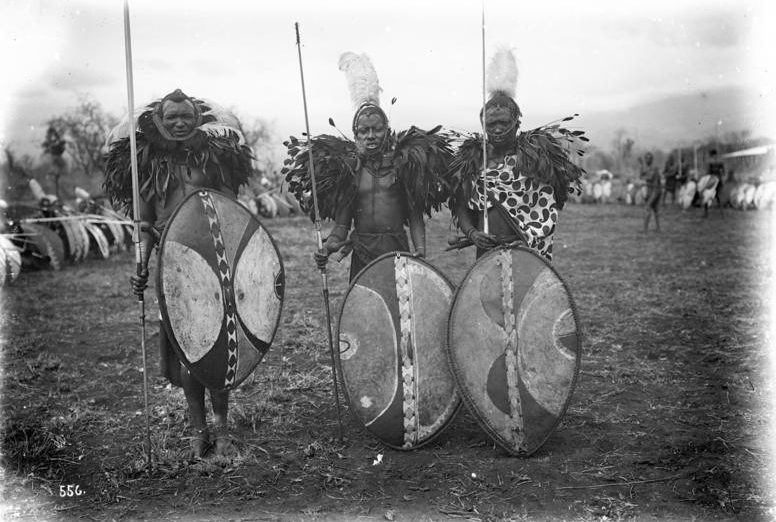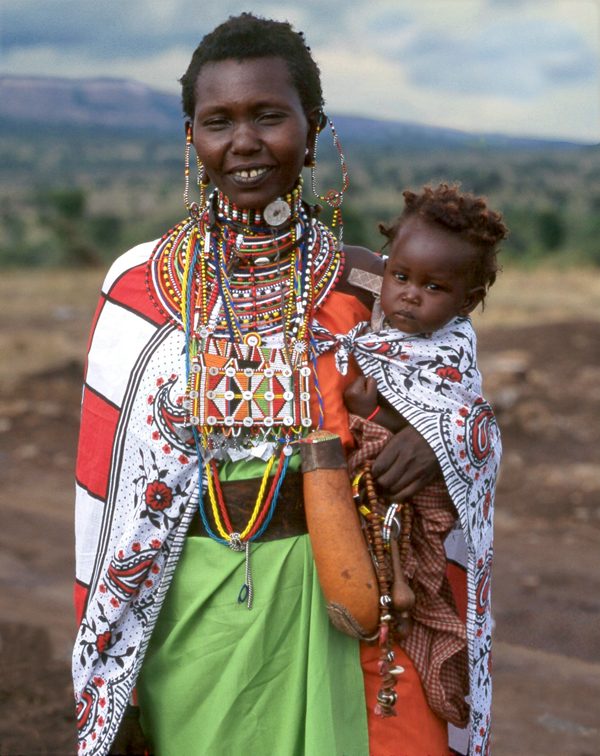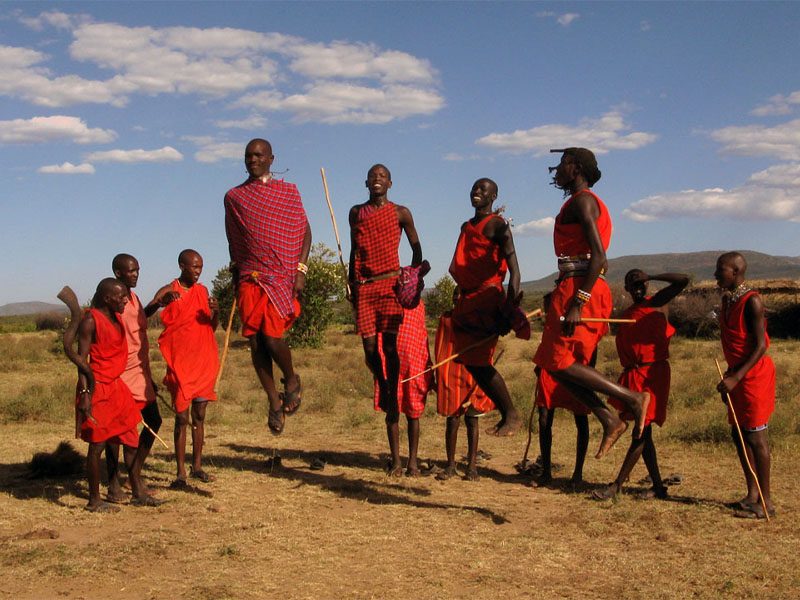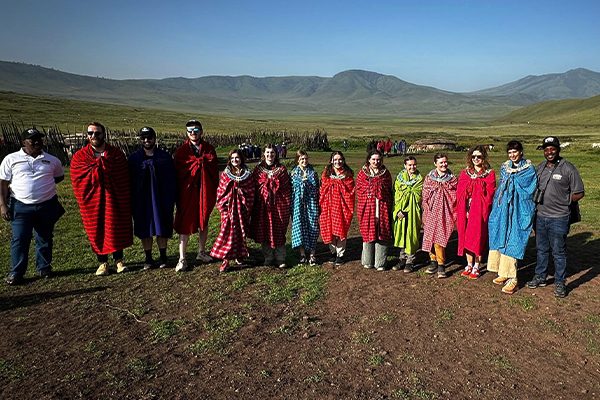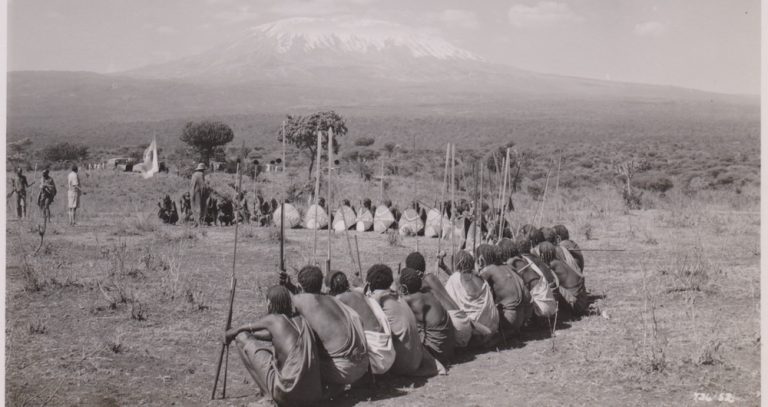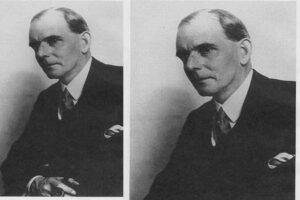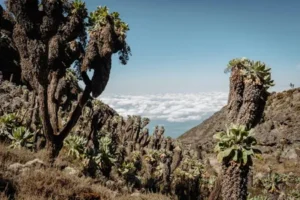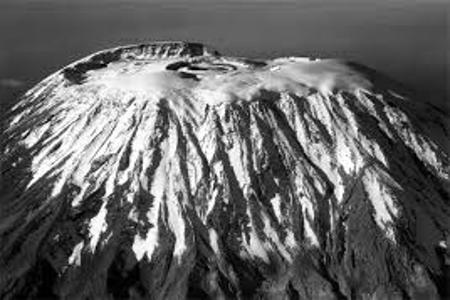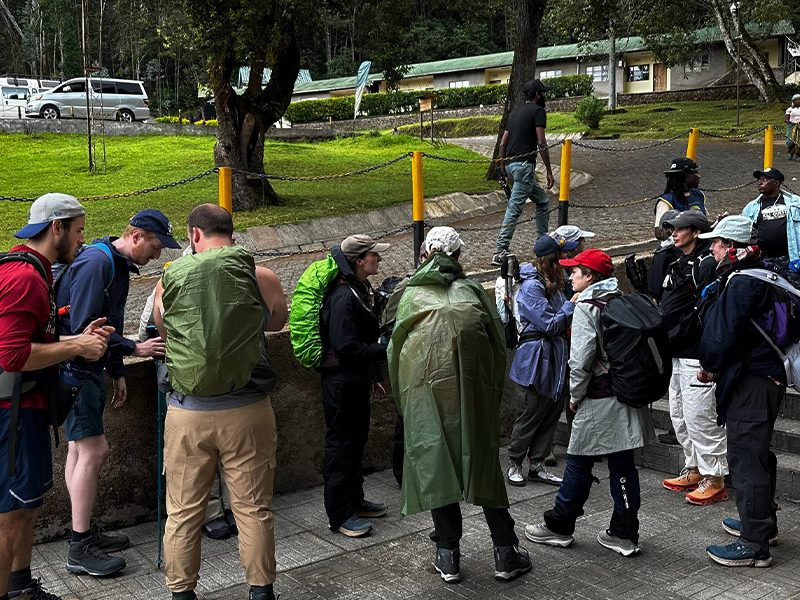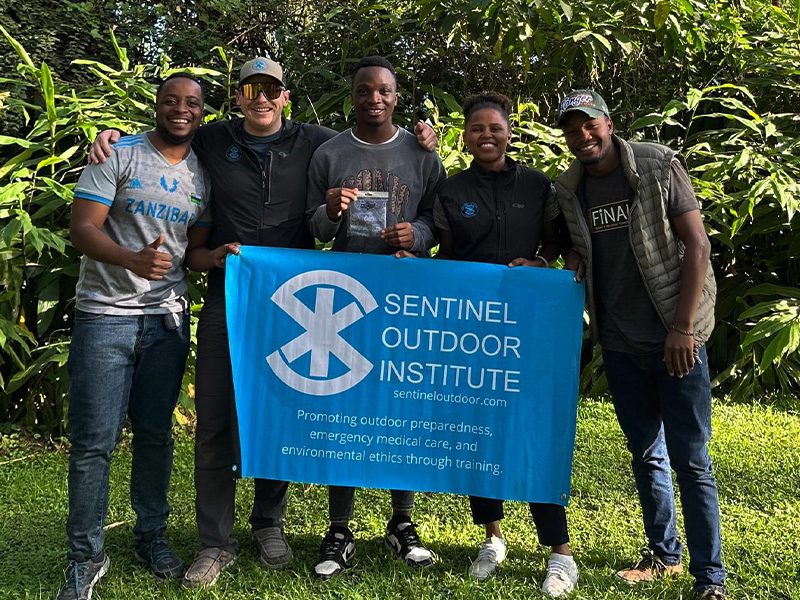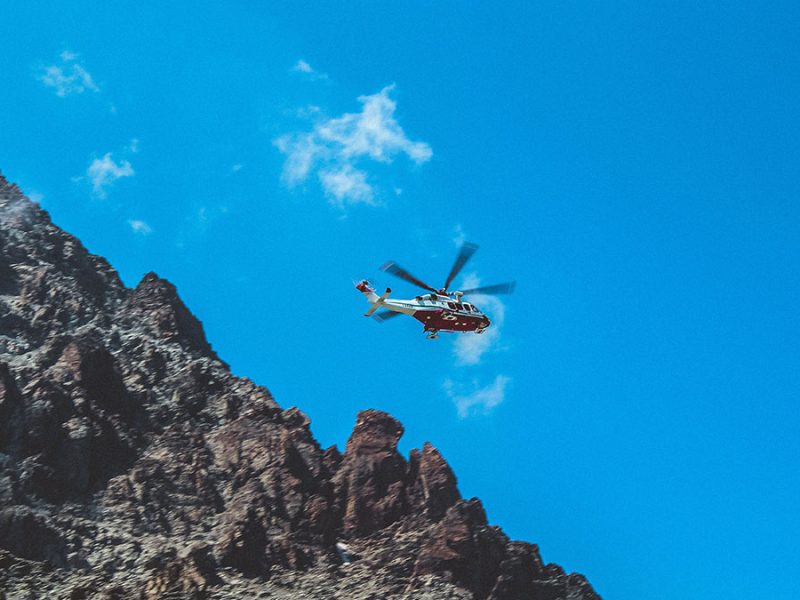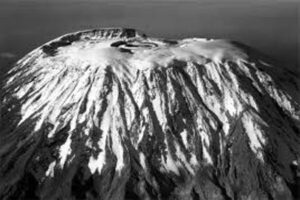Table of Contents
Northern Circuit Route on Kilimanjaro: Longest Kilimanjaro Route
Why Choose the Northern Circuit Route?
This route fully circles the northern slopes of Kilimanjaro — offering incredible 360° mountain views, low foot traffic, and the highest summit success rate of all routes: up to 98%. It’s ideal for those seeking solitude, safety, and unmatched scenery.Acclimatization is the key to avoiding altitude sickness — learn how to climb high, sleep low, and pace yourself the right way.”
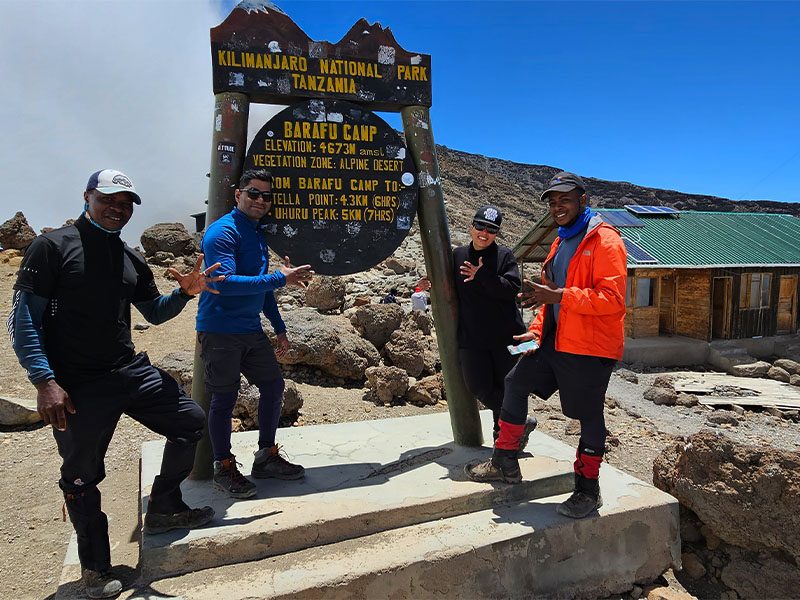
Northern Circuit Route Overview
Northern Circuit Days and Elevation Profile
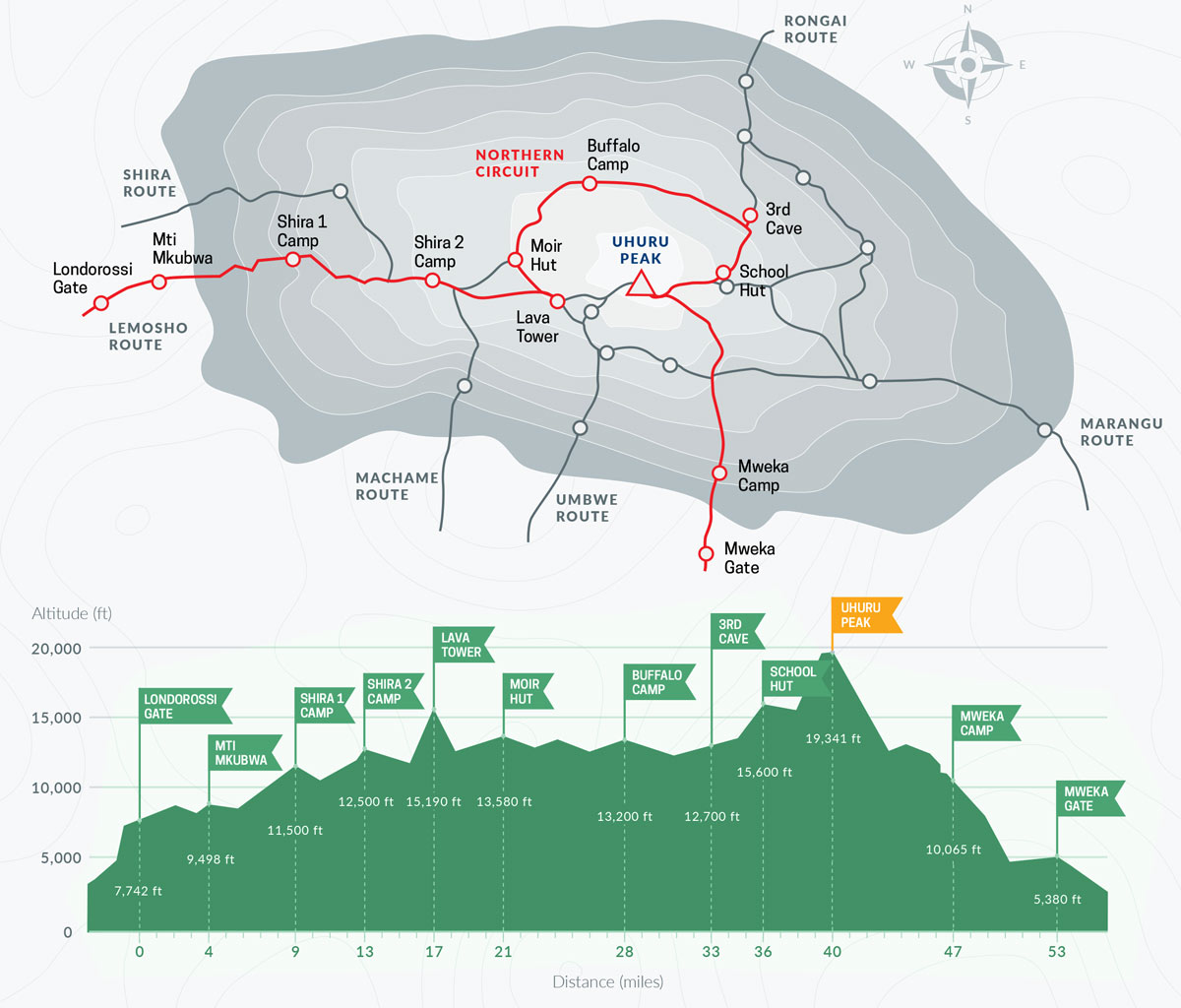
9-Day Northern Circuit Itinerary
- Altitude: 2,100 m → 2,650 m
- Time: 3–4 hours
- Hike through rich rainforest, likely monkey sightings
- Altitude: 2,650 m → 3,610 m
- Time: 5–6 hours
- Transition from forest to moorland, expansive views begin
- Altitude: 3,610 m → 3,850 m
- Time: 4–5 hours
- Gentle trek across the plateau with stunning open landscapes
- Altitude: 3,850 m → 4,600 m (Lava Tower), sleep at 4,200 m
- Time: 6–7 hours
- “Climb high, sleep low” day to boost acclimatization
- Amazing views from Lava Tower followed by a peaceful night at Moir Hut
- Altitude: 4,200 m → 4,020 m
- Time: 5–6 hours
- Cross into Kilimanjaro’s rarely visited northern side
- Viewpoint offers panoramas into Kenya
- Altitude: 4,020 m → 3,870 m
- Time: 5 hours
- Quietest part of the trek, remote alpine desert zone
- Altitude: 3,870 m → 4,750 m
- Time: 4–5 hours
- Short, steady climb to summit staging point
- Altitude: 4,750 m → 5,895 m (Uhuru), then to 3,100 m
- Time: 12–14 hours
- Summit push begins at midnight, reach Uhuru at sunrise
- Celebrate and descend to Mweka Camp
- Altitude: 3,100 m → 1,640 m
- Time: 3–4 hours
- Final forest descent and certificate ceremony
Why the Northern Circuit Has the Highest Success Rate
Best Time to Climb the Northern Circuit
- January to early March – Clear skies, fewer climbers
- June to October – Dry weather, peak visibility
- Avoid April–May and November due to heavy and short rains.

What Makes the Northern Circuit Unique?
- Encircles almost the entire mountain
- Access to both remote and scenic zones
- Offers views into Kenya and across Kilimanjaro’s northern glaciers
- Very few crowds — even in peak season
- Rich acclimatization profile for a safe and successful ascent
Is the Northern Circuit Right for You?
- Want the highest summit success rate
- Prefer quiet, remote trails
- Are committed to a longer but safer journey
- Value incredible scenery and more time on the mountain
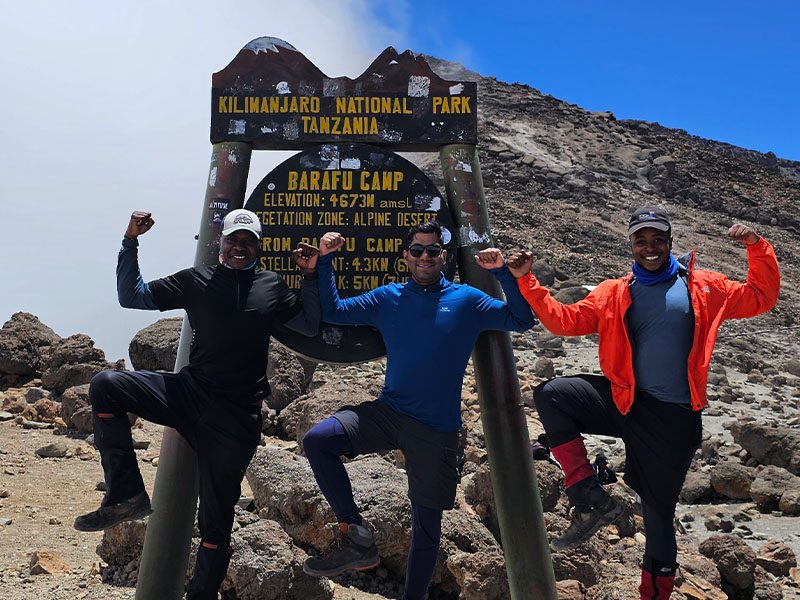
Climb Kilimanjaro via the Northern Circuit with Kili Quests
Related Articles

Lemosho Route: Scenic Kilimanjaro Trail
Table of Contents Lemosho Route on Kilimanjaro: Scenic Views & High Success Rate Why Choose the Lemosho Route? The Lemosho Route is widely regarded as
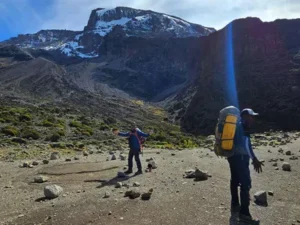
Umbwe Route: Kilimanjaro’s Steep Challenge
Table of Contents Umbwe Route on Kilimanjaro: Steep, Short, and Challenging Why Choose the Umbwe Route? The Umbwe Route is known as the most demanding
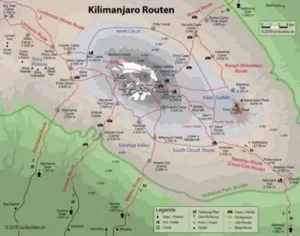
Compare Kilimanjaro Routes Quickly & Easily
Table of Contents Kilimanjaro Routes Compared: Which Trail Is Right for You? | Kili Quests Choosing the Best Kilimanjaro Route Mount Kilimanjaro offers seven main


